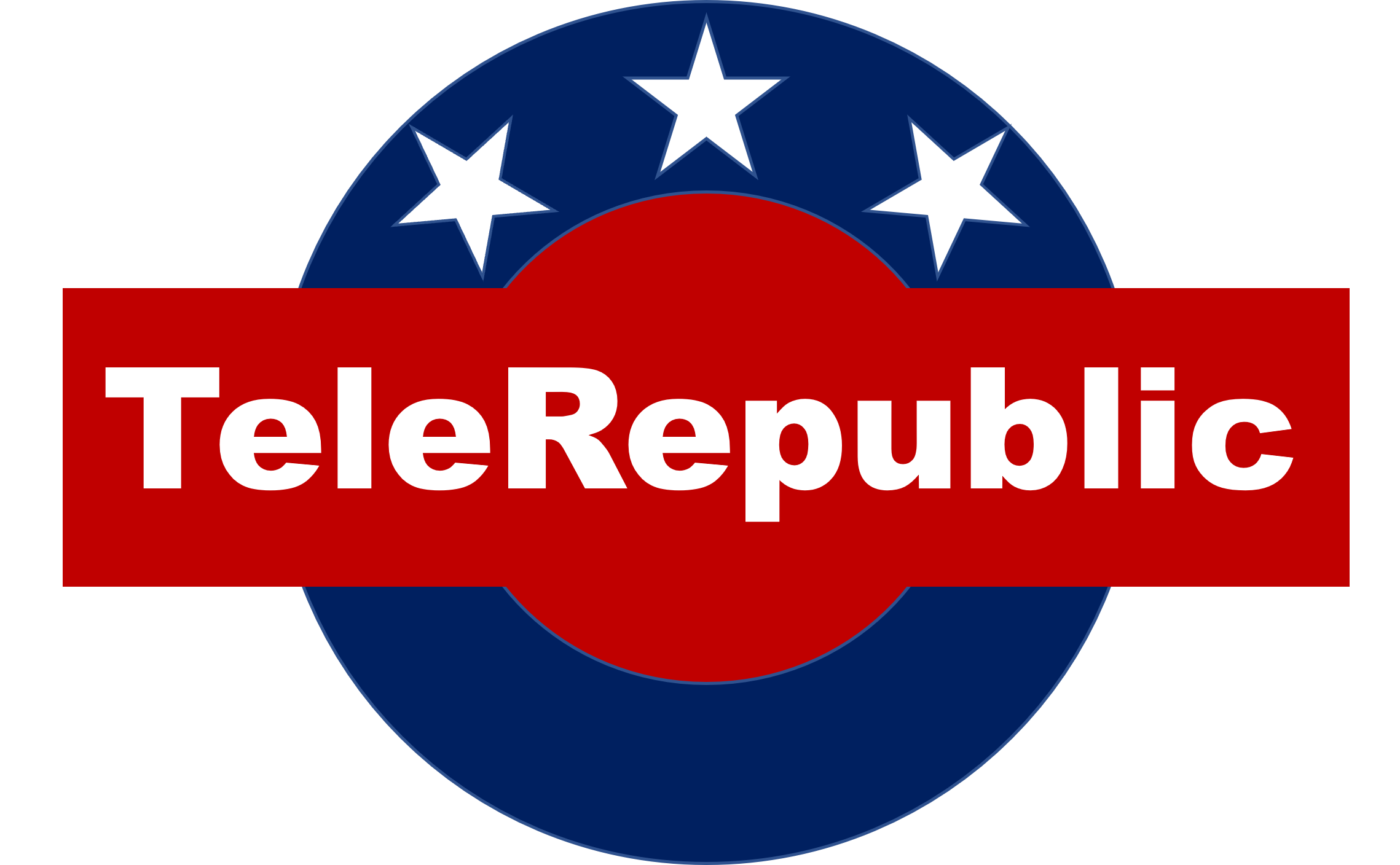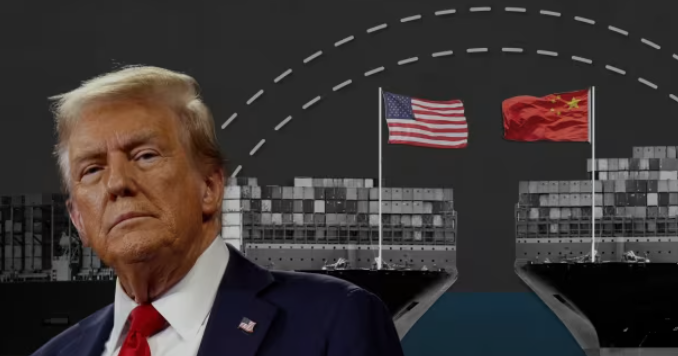Donald Trump’s plan to raise tariffs on imported goods may seem like a strong approach to boosting domestic industries by discouraging foreign competition; however, such a policy will likely lead to higher domestic prices, disrupt business stability, and impair market efficiency.
1. Tariffs Increase Domestic Prices through Higher Production Costs
Tariffs are essentially taxes on imported goods. When the U.S. government imposes higher tariffs on imports, businesses that rely on these goods—whether as raw materials, intermediate inputs, or finished products—face increased costs. These businesses, in turn, pass on these additional costs to consumers by raising prices on domestic goods and services. As a result, consumers bear the brunt of tariffs, leading to higher inflation across multiple sectors, from manufacturing to retail.
2. Reduced Consumer Purchasing Power Threatens Business Viability
When prices increase due to tariffs, consumers’ disposable income declines since they need to spend more on everyday essentials and durable goods. This decline in purchasing power reduces demand across industries, particularly for non-essential goods and services. As customers are priced out of the market, businesses suffer revenue losses. For many companies, especially small and medium enterprises, this loss in revenue can be catastrophic. Lower sales will reduce profits, impair cash flows, and could force businesses to lay off workers, reduce investments, or even shut down operations. This downward spiral threatens economic growth and job stability, creating a vicious cycle of declining consumption and business closures.
3. Tariffs Introduce Uncertainty in Capital Budgeting and Cash Flow Projections
Businesses make long-term capital budgeting decisions—such as investments in new equipment, expansion, or R&D—based on predictable future cash flows. Tariffs, however, introduce a layer of uncertainty by making input costs and market conditions unpredictable. When companies can no longer accurately forecast revenues and costs, they face greater risk in making capital investments. This leads to delays in expansion, reduced innovation, and diminished competitiveness of U.S. firms in global markets. In some cases, firms may choose to relocate manufacturing operations outside the U.S. to mitigate tariff-related risks, contributing to further job losses domestically.
4. Mispricing Goods and Services Creates Market Inefficiencies
Prices of goods and services reflect their intrinsic utility and value, determined by the balance of supply, demand, and market conditions. When tariffs artificially inflate prices, they misalign the value proposition of products in the market. For example, consumers may forego higher-priced, tariff-affected goods even if those goods provide higher utility, opting instead for lower-value substitutes. This distorts consumption patterns and reduces economic efficiency, as markets no longer allocate resources based on genuine value or preferences.
5. Disruptions from Unpredictable Tariff Policies Create Inefficient Markets
An unpredictable trade environment driven by sudden tariff increases creates volatile markets, which can discourage both domestic and foreign investment. Companies that are unable to plan effectively will struggle to manage their supply chains, set competitive prices, or meet customer expectations. This disruption to market equilibrium can cause shortages, excess inventories, or speculative behavior, all of which exacerbate inefficiencies. In the long run, such distortions impair overall economic performance, as businesses and consumers alike lose confidence in the stability of the market.
In conclusion, increasing U.S. tariffs on imported goods leads to higher domestic prices, which erode consumer purchasing power and put significant pressure on businesses. The resulting uncertainty in future cash flows discourages investments and capital expenditures, reducing the competitiveness of U.S. firms. Furthermore, mispricing due to tariff-induced price increases disrupts consumption patterns, leading to market inefficiencies and reduced economic growth.

